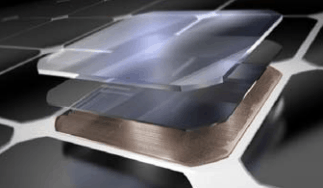Sunpower have released the X21 model of their X-Series solar panel and it’s now available Australia wide. These durable, efficient and performance-engineered SunPower X-Series solar panels are great if you have a limited amount of space on your roof and want to achieve maximum light-to-energy conversion from your panels! They’re far from the cheapest panel on the market, but if you’re looking at investing in something for the next 25 years in our experience choosing the lowest price when deciding on your solar investment is generally a false economy.
SunPower X-Series Solar Panels
According to the Sunpower site, their X-Series residential panels convert more sunlight to electricity by producing 38% more power per panel and 70% more energy per square meter over
25 years. This is in comparison to a representative conventional panel: 250 watts, approx. 1.6 m², 15.3% efficiency. They’re available in the SPR-X21-345 which has a Nominal Power (Pnom) of 345 watts, and the SPR-X21-335, which has a Pnom of 335 watts.
Both panels utilise SunPower’s ‘Maxeon technology’ – which is to say it’s the only solar cell on the market built on a solid copper foundation, making it ‘virtually impervious’ to the corrosion and cracking that inevitably degrade conventional solar panels. This allows SunPower to guarantee 95% efficiency for the first five years, with ~0.4% drops in efficiency per year for 20 years after that (making it a 25 year warranty).
The average panel efficiency of the SPR-X21-335 is 21.0% and the SPR-X21-345 boasts an impressive 21.5% light-to-energy ratio.

Buy SunPower X-Series Solar Panels in Australia
Flex is now the exclusive distributor of SunPower in Australia – but you can click here to schedule a free home assessment directly from the Sunpower website. They also offer financing with no money down so there is an option for everyone.
Do you want more information about the SunPower X-Series Residential Solar Panels? Click to view the Spec Sheet!


